Some arctic arthropods such as insects and spiders have been identified as irreplaceable plant pollinators, important soil fertilizers and significant elements of the Arctic food web. However, in the Canadian Arctic tundra, very little is known on most arthropod communities, their ecological roles, and their potential response to global warming. Arthropods are known to be highly responsive to temperature and their growth and reproduction are limited to a very narrow window of favorable climatic conditions in the Arctic. This generates a short-lived peak in abundance and activity over the summer.
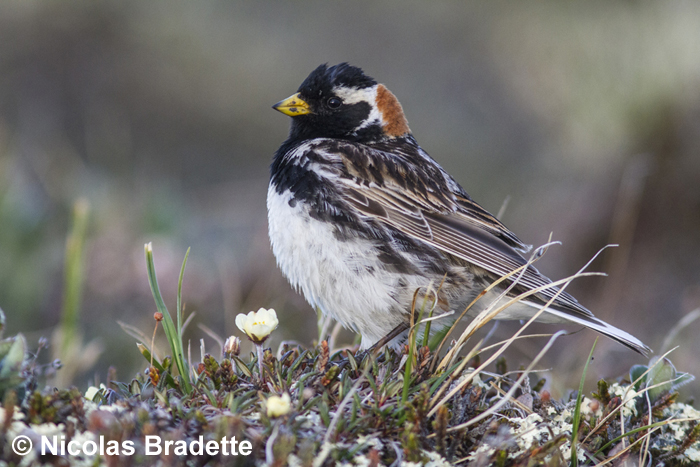 |
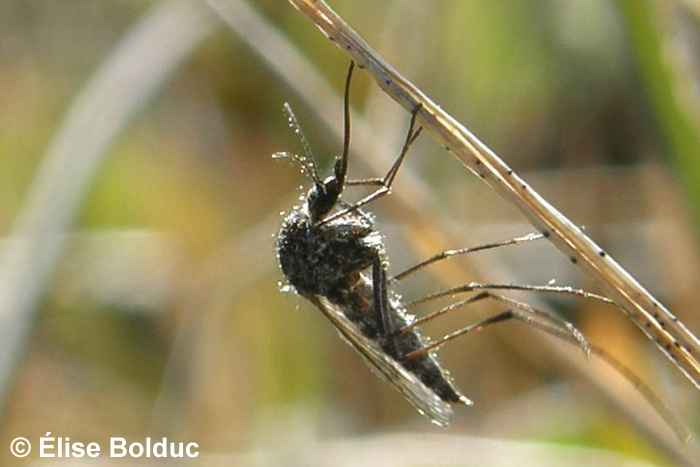 |
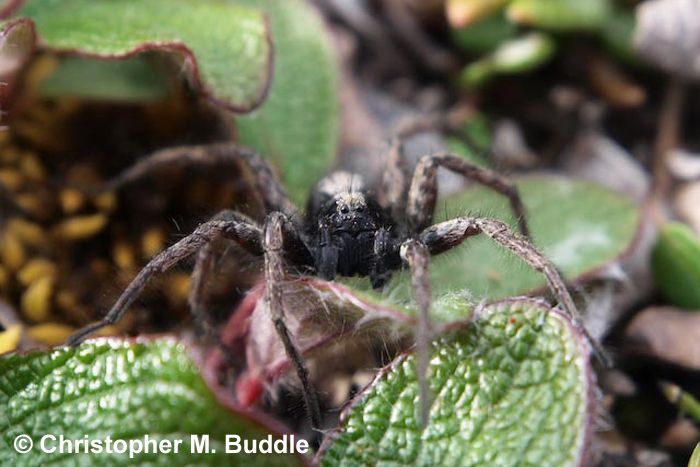 |
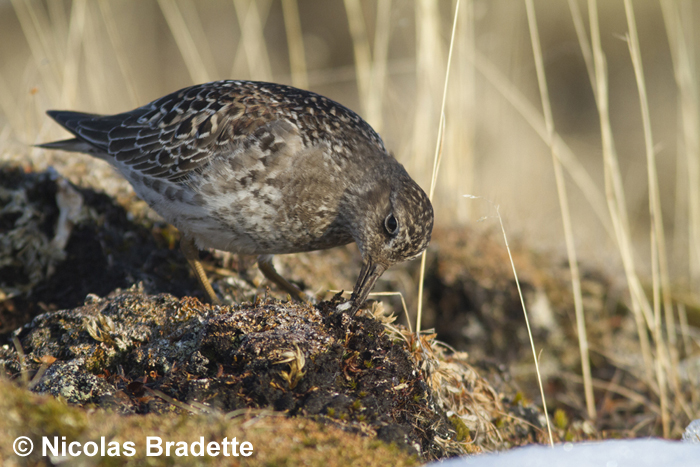 |
| Lapland longspur | Mosquito | Spider (Alopecosa sp.) | Purple sandpiper |
On Bylot Island, many species of insectivorous birds, such as shorebirds and passerines, depend on arthropods to survive and breed successfully. It is critical and challenging for these birds to synchronize their hatch dates with the narrow peak in arthropod availability, which occurs in mid-summer. Climate changes will likely affect the timing and magnitude of peak arthropod abundance, which may affect arctic insectivore populations. We are tracking the response of insectivores to changes occurring in the Arctic (see Shorebirds) and we try to identify factors affecting arthropod availability for nesting birds on Bylot Island.
Our specific goals are to:
- Estimate the annual, spatial and seasonal variation in abundance of surface-active and low flying arthropods (insects and spiders)
- Track long term changes in the phenology of surface-active arthropods (adult and larval stages)
Since 2005, we use arthropod traps designed to capture ground dwelling arthropods and low flying insects to determine their seasonal abundance in mesic and wetland habitats on Bylot Island. Many spiders and mites are collected along with representatives of 33 families of insects. The insects collected are mostly flies, some sawflies and a few beetles. For a complete list of arthropods present on Bylot Island, take a look at our terrestrial arthropod list.
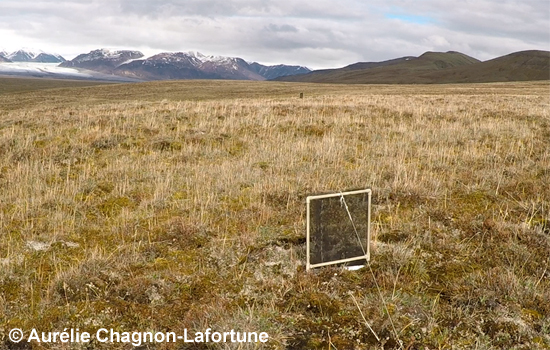 |
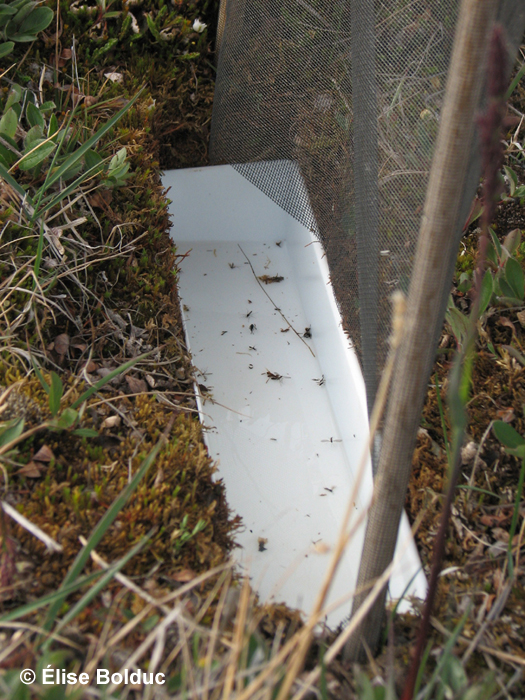 |
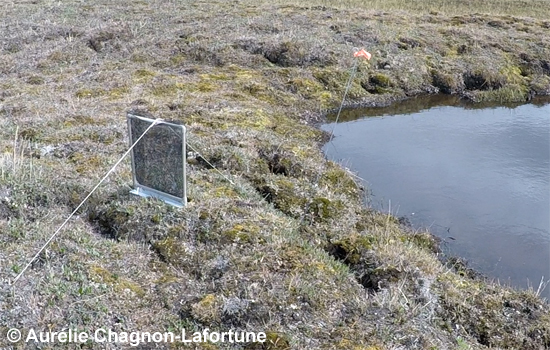 |
The full dataset of our seasonal monitoring of arthropod abundance on Bylot Island is available on NordicanaD.
Arthropod phenology and climate
Arctic ecosystems are currently warming much faster than anywhere else on earth. Smaller organisms often respond with larger phenological adjustments than larger organisms, which may lead to a trophic mismatch between consumers and their food source. Arthropods are resident ectotherms, which means that they depend on their environment to regulate their body temperature. Hence, their abundance is strongly affected by local environmental conditions. Temperature can affect arthropod phenology (e.g. date of peak biomass) but also arthropod abundance. Insectivorous birds breeding in the Arctic are long distance migrants feeding on arthropods and they are expected to be vulnerable to mismatch caused by climate warming. Warming can thus induce changes in arthropod availability and the consequences on birds could be either positive or negative.
On Bylot Island, we found that an asynchrony between hatch date of shorebird chicks and date of peak crane fly availability could reduce chick growth rate. We also built models to help predict potential changes in arthropod availability under warmer climate and to improve our ability to anticipate potential effects on arctic insectivores.

|
| Schematic representation of the potential effects of warming on arthropod availability for insectivorous birds. |
| Shorebirds |
